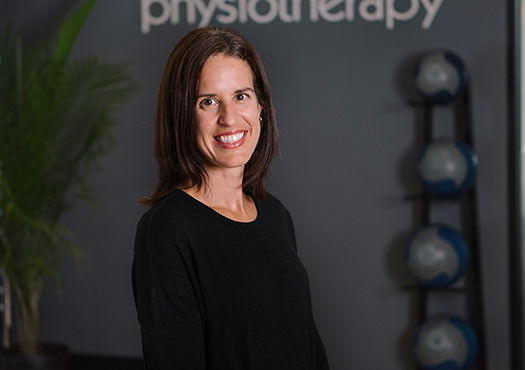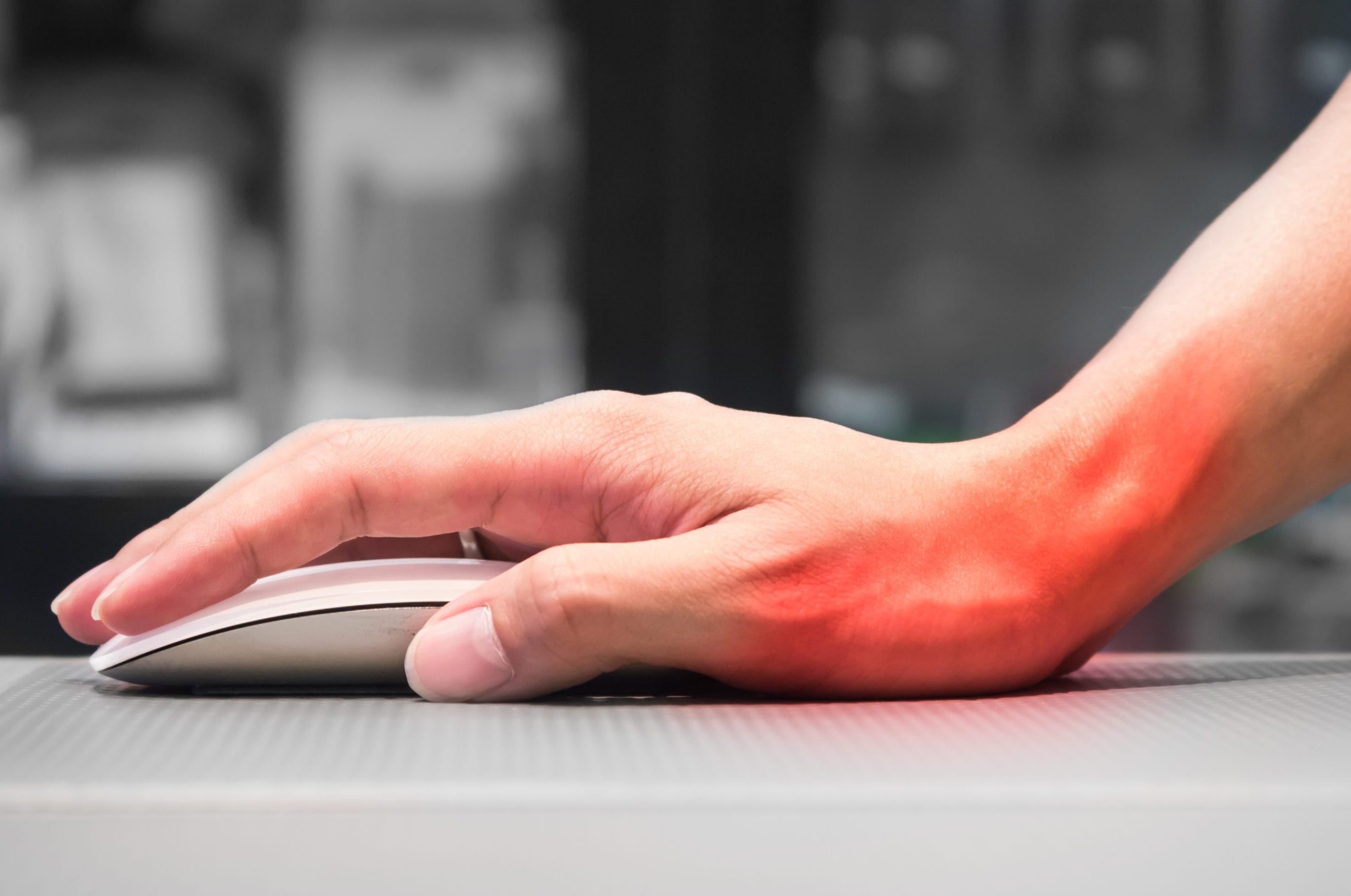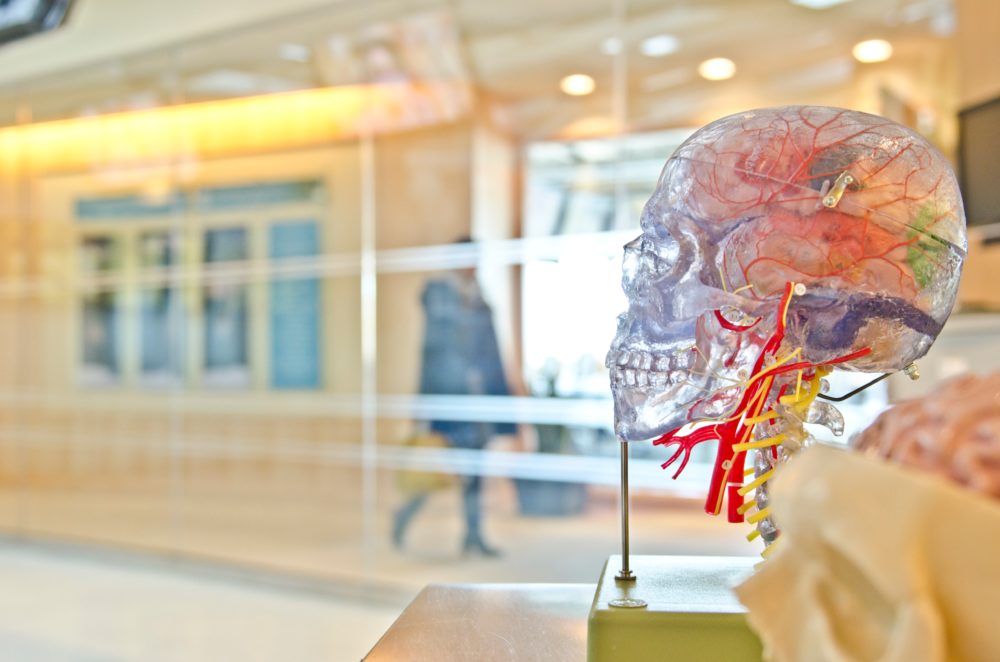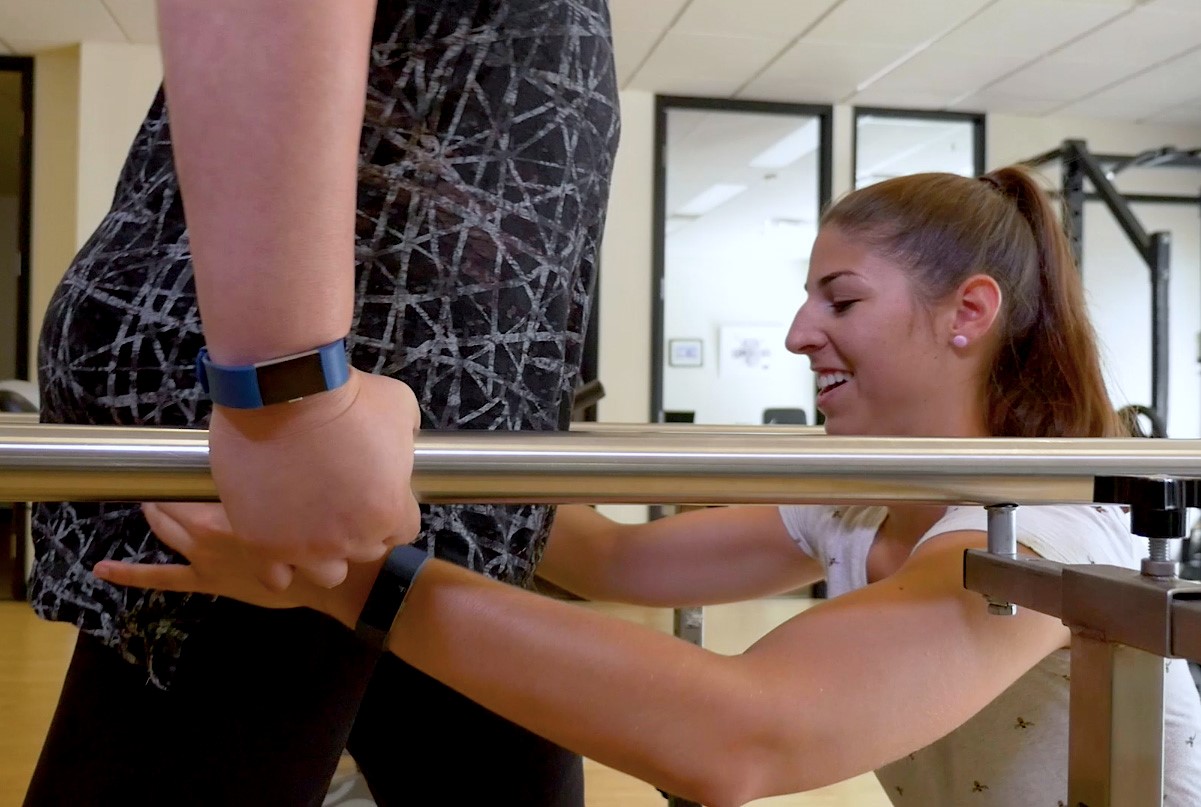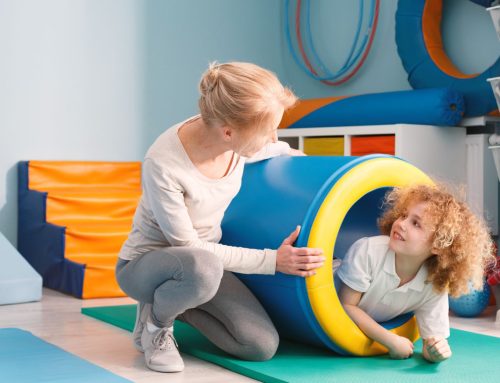We know that play is essential for children to develop skills like problem-solving, creativity, and social interaction. It can also help reduce stress, improve mental health, and enhance overall well-being.
However, not all play is created equally. Free play is a rich sensory experience that fosters exploration and independence in children. Whereas, structured play involves far less creativity and risk, and is often less fun.
In this blog, we look at several reasons free play opportunities are disappearing, the dangers of overparenting particularly as it relates to play and how to give your child more opportunities for free play and building resilience.
Table of Contents
- What is Free Play and Why Is it Disappearing from Childhood?
- The Benefits of Free Play
- Ways to Encourage Free Play and Healthy Risk
- The Role of Play in Physiotherapy
- Conclusion
What is Free Play and Why Is it Disappearing from Childhood?
Free play, also known as ‘unstructured play’, is child-led play where children are free to explore their environment and experiment without instruction or adult direction in a way that involves the uncertainty of outcome and the risk of physical injury.
Over the last several decades, family and social trends have shifted to where unscheduled free play outdoors has steadily given way to planned, structured activities, including extra-curriculars and academics, in the lives of most children.
Parenting styles like helicopter parenting contribute to the lack of free play. Even the beloved classic children’s toy Lego has morphed from a limitless creative experiment to a preset outcome based on dozens of pages of instructions that often require adult involvement.
In addition, children are spending more of their recreational time indoors (and often on screens) than playing outside with minimal supervision.[i]
Opportunities to engage in outdoor free play—and risky play in particular—have also declined significantly in recent years, in part because safety measures have sought to prevent all play-related injuries rather than focusing on serious and fatal injuries.[ii]
The Benefits of Free Play
While organized activities can offer learning and social opportunities, too many structured commitments can have negative effects on children. Over-scheduling may limit time for free play, rest, and creativity, which are vital for healthy brain development.
Free play—play that is child-directed and not bound by structured rules or adult control—is vital for healthy development. It supports:
- Creativity and Imagination: Child play creates the background of learning that is inherently self-motivating and internally rewarding. Free play creates a sense of wonder, adventure and creativity in an unstructured and spontaneous manner.[iii]
- Social Skills: Children learn to negotiate, cooperate, and resolve conflicts during peer One study looking at play in 6 to 8 year olds found positive effects including an increase in positive social behaviors, an increase in the capacity for group cooperation and increased communication and relationships of acceptance within the group.[iv]
- Emotional Growth: Free play gives kids a chance to express feelings, build confidence, and develop resilience. Studies have shown that free play fosters emotional regulation and builds resilience in children.[v]
- Increased Physical Activity: Spontaneous play can provide children with opportunities to move their bodies and explore their environment in fun and challenging ways. Studies have suggested that free play encourages increased physical activity levels in preschoolers.[vi]
Ways to Encourage Free Play and Healthy Risk
Free play and manageable risks are essential for kids’ physical, emotional, and cognitive growth. Here’s how you can provide more opportunities for unstructured, adventurous play:
Outdoor Free Play Ideas
- Explore Nature Weekly – Take kids to parks, forests, or beaches for unstructured play (climbing trees, splashing in streams, building forts).
- Allow Risky Play (Safely) – Let them climb, jump, and balance to build confidence and resilience.
- Loose-Part Play – Provide sticks, rocks, and mud for creative, open-ended play.
- Urban Obstacle Courses – Use curbs, ramps, stairs and fences as ways to encourage children to move in different ways
Indoor Free Play Ideas
- Open-Ended Toys – Use blocks, cardboard boxes, or art supplies instead of highly structured toys.
- Designated Play Zones – Create a space where kids can build forts, rearrange furniture, or make a mess.
- Imaginative Role-Play – Encourage dress-up, pretend scenarios, or obstacle courses using cushions and blankets.
- Open Ended Questions and Conversations – “If you were invisible for a day, what would you do?”, “What is the best thing about being a kid?”
Parent Mindset Shifts
- Step Back – Resist the urge to direct play; let kids problem-solve independently.
- Embrace Safe Risks – Falls and scrapes are part of learning—avoid overprotecting.
- Prioritize Unstructured Time – Limit scheduled activities to allow for spontaneous play.
- Allow for Moments of Boredom – Resist immediately reaching for a phone, or the next toy or next activity.
- Have Fun Conversations – Parents don’t always have to know the answers. Encourage open ended questions.
By giving kids freedom (within safe boundaries), you’re helping them develop creativity, resilience, and confidence!
The Role of Play in Physiotherapy
The use of play in physiotherapy practice is a powerful tool to enhance engagement, motivation, and functional outcomes across all age groups. In pediatric therapy, play supports the development of motor skills, coordination, and strength through fun, age-appropriate activities like obstacle courses, walking or running on uneven surfaces, or animal walks.
Being a mom, I understand the need to protect your child from dangers and harm. However being a physiotherapist, I also recognize the absolute necessity for unstructured and spontaneous play for children, adolescents, and young adults.
In the clinical setting, we provide an enriching and stimulating environment, challenging clients to their physical limits. We do this because we know it’s the best thing for our clients, helping them achieve the best results. This can be translated to any learning environment, even for our kids. Setting them up in an environment that is relatively safe, but also allowing them to explore their limits, encounter conflict and overcome adversity is essential for their development and growth.
Conclusion
While it is natural for parents to want to protect their children, excessive control and constant supervision can hinder a child’s physical, emotional, and social development.
From a physiotherapist’s perspective, providing opportunities for unstructured play and independent movement is vital in the development of gross and fine motor skills, coordination, and balance. Play is not just recreation; it is a critical part of building strength, confidence, and body awareness.
Encouraging safe exploration and physical activity helps children grow into resilient, capable individuals. By stepping back and allowing space for independent play, parents support not only healthy physical development but also lifelong habits of self-regulation and problem-solving.
References
[i]Emilie Beaulieu, Suzanne Beno, Healthy childhood development through outdoor risky play: Navigating the balance with injury prevention, Paediatrics & Child Health, Volume 29, Issue 4, July 2024, Pages 255–261, doi.org/10.1093/pch/pxae016
[ii] Emilie Beaulieu, Suzanne Beno, Healthy childhood development through outdoor risky play: Navigating the balance with injury prevention, Paediatrics & Child Health, Volume 29, Issue 4, July 2024, Pages 255–261, doi.org/10.1093/pch/pxae016
[iii]Kalaydjian J, Laroche J, Noy L and Bachrach A (2022) A distributed model of collective creativity in free play. Front. Educ. 7:902251. doi: 10.3389/feduc.2022.902251
[iv] Garaigordobil M, Berrueco L, Celume MP. Developing Children’s Creativity and Social-Emotional Competencies through Play: Summary of Twenty Years of Findings of the Evidence-Based Interventions “Game Program”. J Intell. 2022 Oct 2;10(4):77. doi: 10.3390/jintelligence10040077. PMID: 36278599; PMCID: PMC9590021.
[v]Ahmed, Saba & Shoaib Khan, Dania & Mehmood, Afshan. (2023). Let Them Play A Systematic Review Investigating the Benefits of Free Play in Emotional Development of Children. Academy of Education and Social Sciences Review. 3. 509-520. 10.48112/aessr.v3i4.660.
[vi] O’Dwyer MV, Fairclough SJ, Knowles Z, Stratton G. Effect of a family focused active play intervention on sedentary time and physical activity in preschool children. Int J Behav Nutr Phys Act. 2012 Oct 1;9:117. doi: 10.1186/1479-5868-9-117. PMID: 23025568; PMCID: PMC3495835.
Written by


